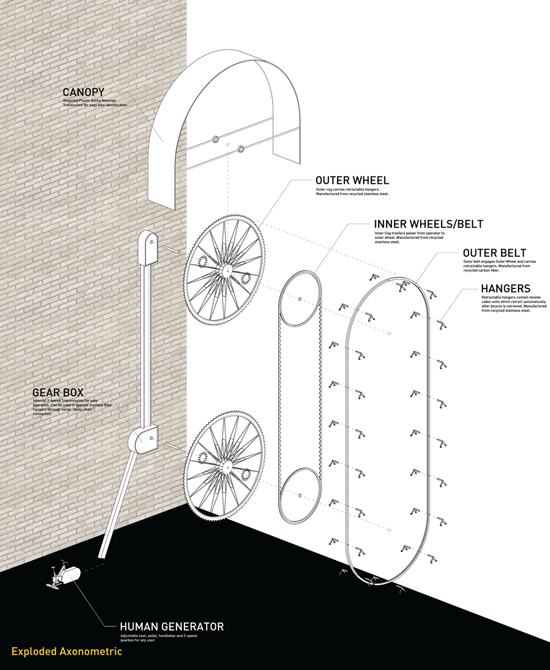
As a blogger about biking, I'm always mentally searching for what gets people to ride. Is it fashion, cool bikes, or tons of infrastructure? For me, the secret was huge savings in gas and vehicle costs, extra physical activity, and the simple realization that no matter the weather (and Florida's weather can get pretty warm) I feel better biking.
However, in Portland, one organization realized that money may speak louder than any words that a blogger can raise. Bike Portland reports on Oregon Health Science University (OHSU) going one better - giving students (and faculty) up to 50 dollars a month for riding their bikes.
Of course, the Bicycle Commuter Act lets employers provide a $20 monthly incentive to employee cyclists. OHSU's web-based system for logging rides to and from the university is for students, too, however, and thus is not quite the same. Anyone already with a parking pass program will get refunded one month's parking for 30 bike trips. Those with subsidized transit passes get a free month's pass for thirty trips, while those with neither of the above will get $50 dollars each month they log those thirty trips.
The program does have some caveats - the participant must be a OHSU "badge holder" and log trips of more than two miles. The school has more than doubled the payments to cycling commuters since 2008, and will pay out nearly $200,000 by mid-year this year.
How can the school justify that kind of money to bicyclists? Cycling commuters create less strain on parking resources - at some lots on the campus there can be a months' long wait for a car parking pass. OHSU's parking problem is not just a headache, however - the school must find ways to curb its appetite for parking spaces or face limits to future expansion. That's its internal incentive to having the program.
Always rising health care costs are another justification. More than 1,200 people - that's more than 10% of the OHSU population - are enrolled in the program. In spite of the success, OHSU isn't projecting that ridership will climb much beyond 10% at this time. Higher gas prices could change that.
The program does raise a question. If OHSU needed an incentive to create a program that pays a small but welcome cash incentive to cyclists, how do we create or recreate that carrot or stick at other companies and entities so that they will do something similar?













